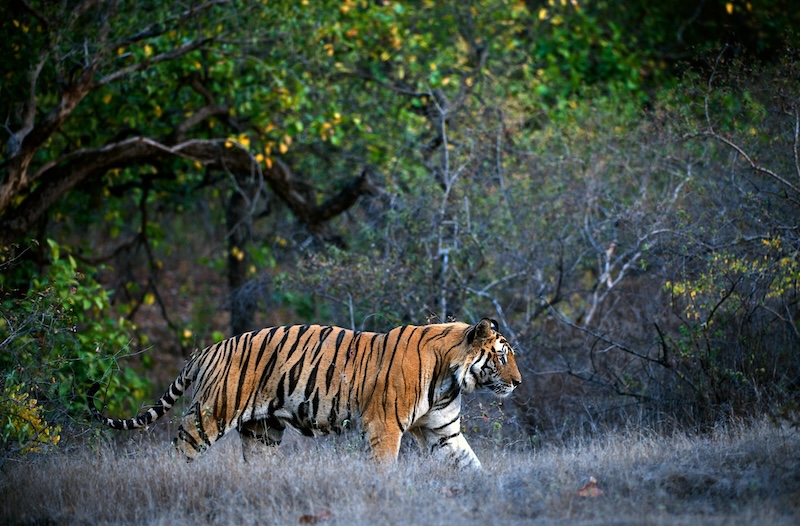
Photo: Sergey Uryadnikov/Depositphotos
Tigers are arguably one of the most beautiful creatures on Earth. As an endangered species, there are several conservation groups that are working hard to maintain their survival. Luckily, a study published in January 2025 has revealed that India doubled its tiger population over the course of 12 years. According to India’s National Tiger Conservation Authority, the study maintains that the number of tigers in India went from 1,706 in 2010 to 3,682 in 2022. This new figure now means that India is home to about 75% of the world’s tiger population, a wonderful development in the realm of big cat and wildlife conservation.
The study identifies a number of factors responsible for this remarkable achievement. Increased legislative protection for tigers against poaching and habitat loss, as well as an abundance of prey and a reduction in human-wildlife conflict were vital to the growth of the big cat population. The study also points out that increasing community living standards in areas near tiger habitats helped with the population increase, demonstrating that biodiversity efforts and human well-being don’t have to be mutually exclusive. In fact, some villages and areas located near tiger habitats were found to have benefitted from the rise in the big cats’ population. Ecotourism and its foot traffic brought in more profits for these communities, hopefully corresponding to an increased quality of human life as well.
Yadvendradev Jhala, lead author of the study and senior scientist at the Indian National Academy of Sciences, sheds more light on the link between community well-being and a growing tiger population. “The common belief is that human densities preclude an increase in tiger populations,” he says. “What the research shows is that it’s not the human density, but the attitude of people, which matters more.”
When we analyze exactly where the tiger population is concentrated in India, Jhala’s statement becomes even more relevant. The study corrects prior erroneous calculations of the tiger population’s geographic spread in the country, estimating the area to cover a little under 55,000 square miles. Within this area, only 25% of it consists of protected and prey-rich land, and another 45% of it overlaps with a population of about 60 million people. With such statistics, it becomes increasingly clearer that coexistence between wildlife and humans relies on increased quality of life for both groups.
The study has been met with a positive response, but some conservationists are calling for more transparency with the data used to develop the research, which was based on findings collected by Indian government-sponsored institutions. Nevertheless, the foundational conclusion remains that tiger populations benefit from robust wildlife conservation legislation and human community support that results in less armed conflicts and exploitation of forest resources. This study provides a workable model for the conservation of other endangered species in India, and indicates a promising future for the tiger population.
For more information, visit the National Tiger Conservation Authority website.
A new study finds India’s tiger population has doubled from 1,706 to 3,862 between 2010 and 2022.
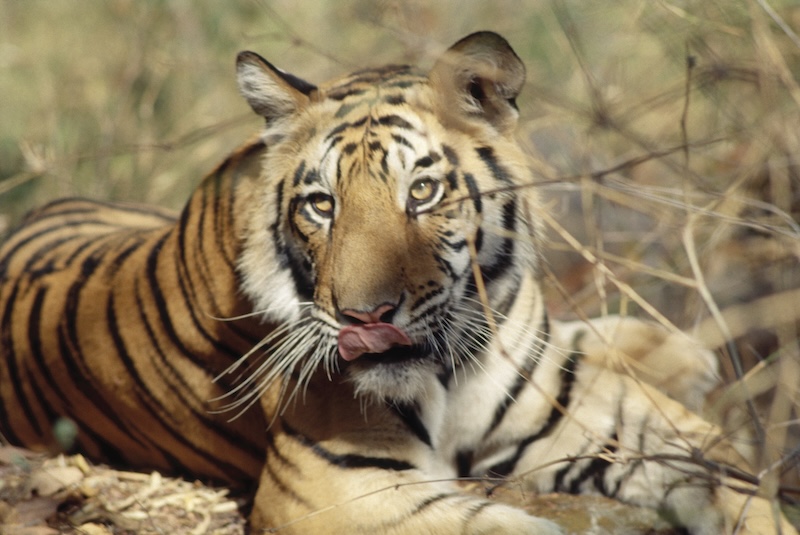
Photo: Jagdish Agarwal/Depositphotos
The study identifies robust wildlife protection legislation against poaching and habitat destruction as important factors in this development.
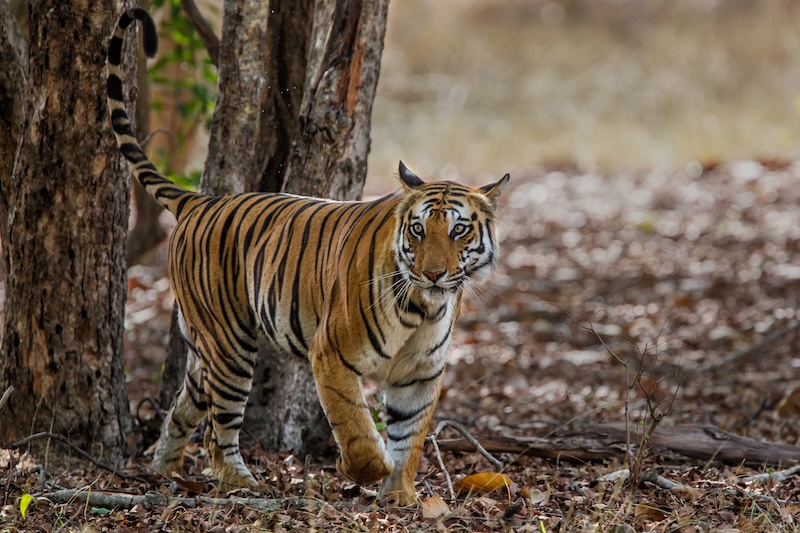
Photo: Henk Bogaard/Depositphotos
It also finds that increasing local community living standards near areas of tiger habitats contributed to tiger growth population, demonstrating that wildlife preservation and human well-being are not mutually exclusive.
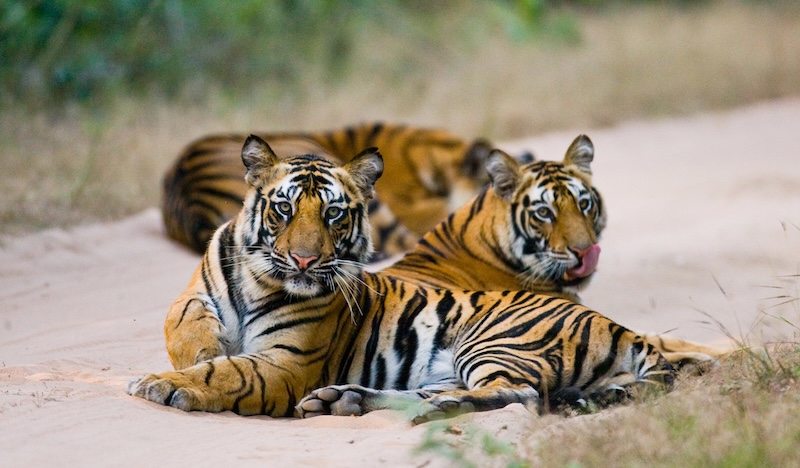
Photo: Andrey Gudkov/Depositphotos
These findings are a huge win for big cat populations and conservationists alike, and may serve as a model for the preservation of other endangered species in India.
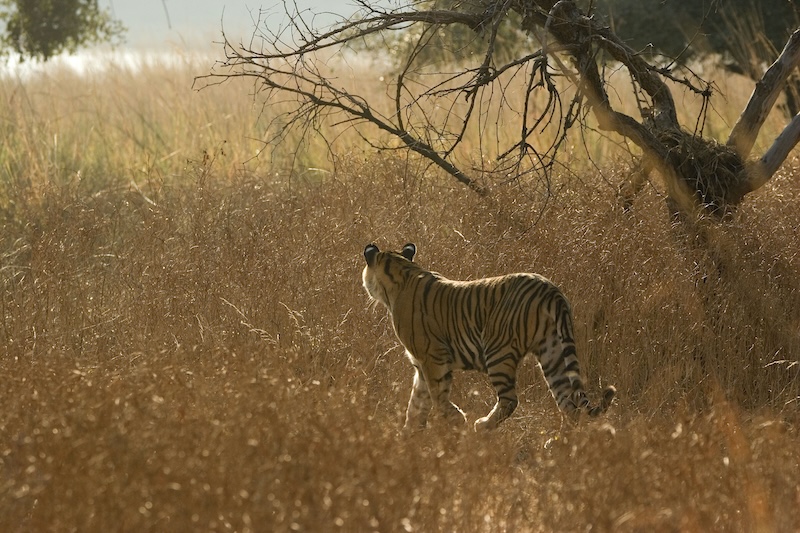
Photo: Jagdish Agarwal/Depositphotos
National Tiger Conservation Authority: Website
Source: Status of Tigers
Related Articles:
This Adorable Marsupial Nearly Went Extinct in South Australia–but Now It’s Bouncing Back
Wildlife Photographers Unite in New Book To Highlight Beauty of Endangered Animals
Giant Octopus Sculpture Carrying a Menagerie of Endangered Animals Surfaces in NYC
Colorful Stamp Designs Celebrate the Beauty of Endangered Species
